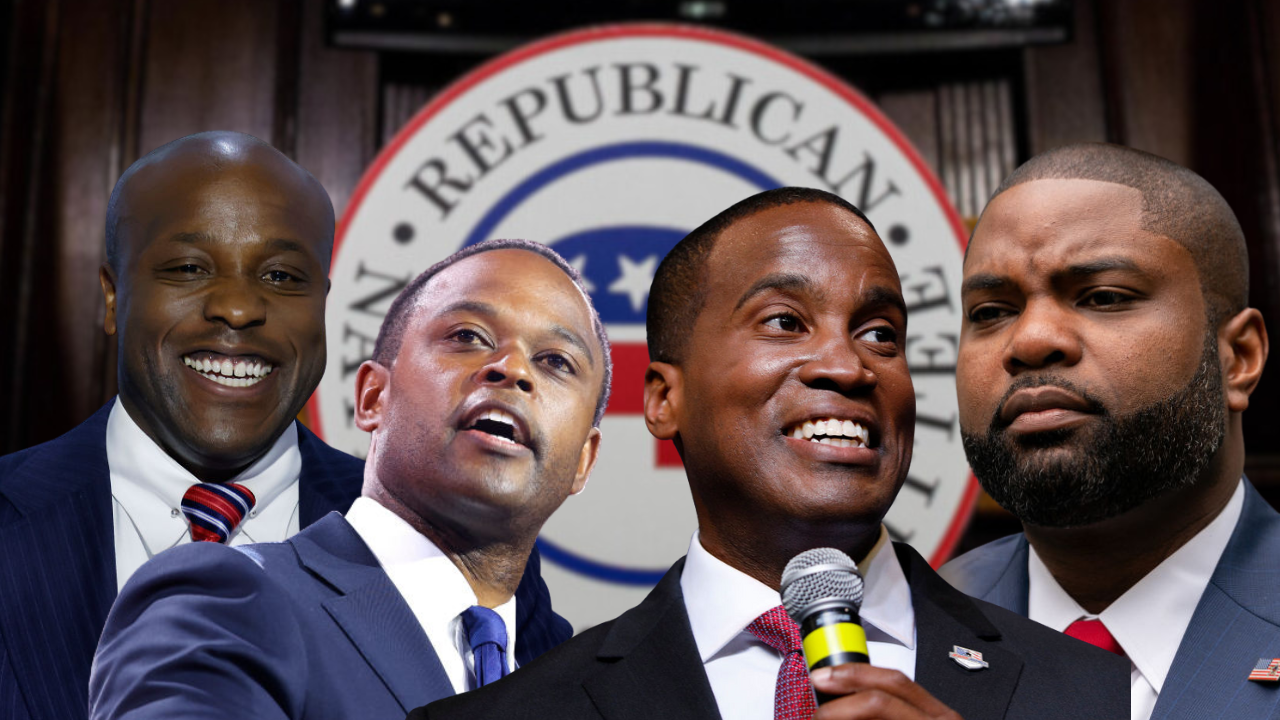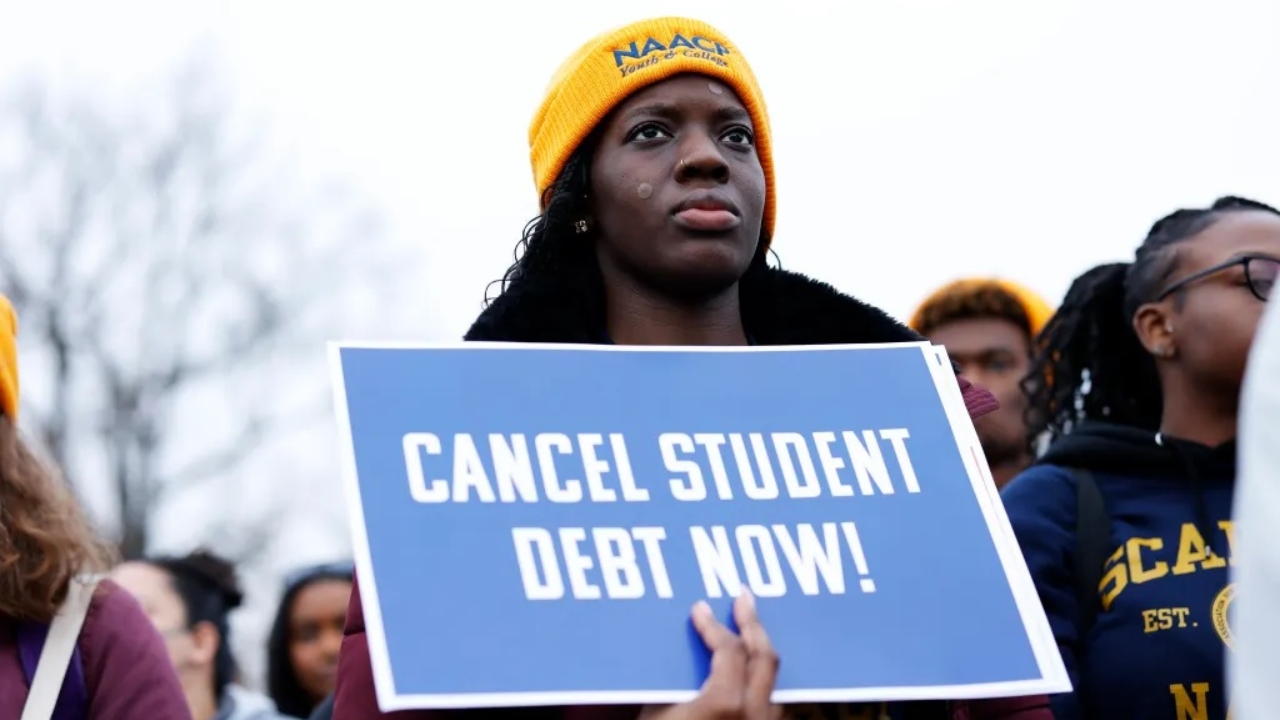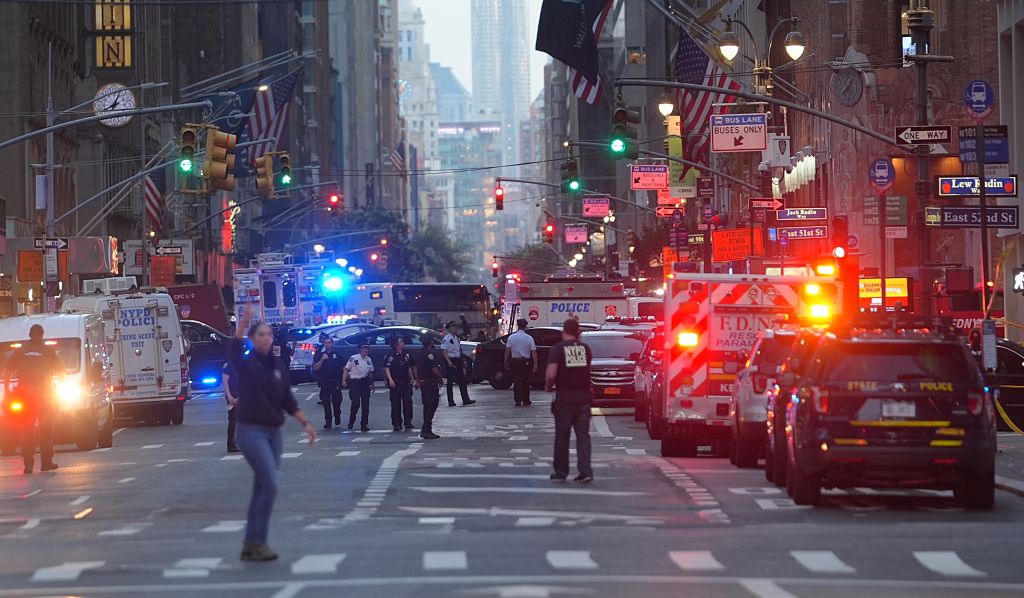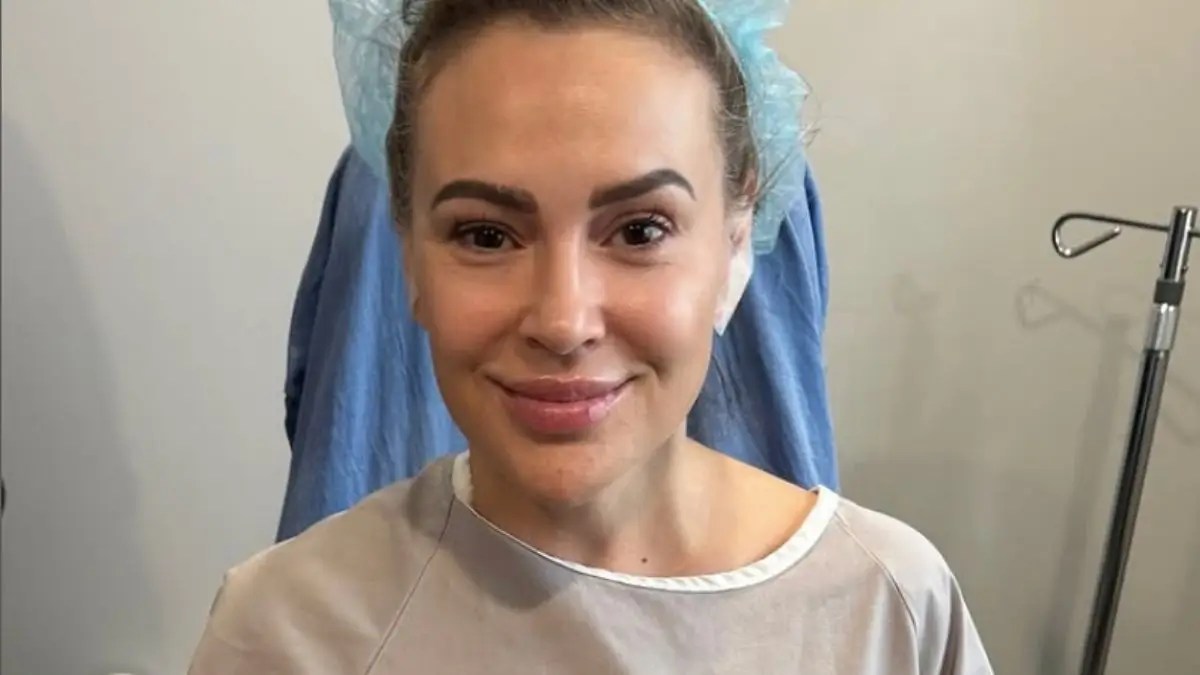Kenny Lofton helps remember Black baseball’s Cleveland Buckeyes

Filmmaker Evelyn Pollard-Gregory couldn’t walk away from it.
Pollard-Gregory knew the Cleveland Buckeyes, one of the last great teams from the Negro Leagues, had a story to tell, and she intended to learn about their story and then tell it.
If she could. …
“I grew up in Cleveland, and I knew about all the championships,” said Pollard-Gregory, who teaches Art Appreciation and Advanced Black Film and Media Studies at Simmons College in Kentucky. “We hold our championships with pride.”
She started out looking to write about her hometown Buckeyes, who won the Negro Leagues title in 1945. But in her research, she uncovered so much rich material that she realized their story had to be told in film, which became her documentary “I Forget to Tell You About … The Story of the Cleveland Buckeyes Forgotten Championship.” Her documentary appeared at Cleveland International Film Festival in March and in a couple of private screenings. It has been under another big-city spotlight at the XL Film Festival in Chicago (Aug. 15-23).
In her documentary, Pollard-Gregory told a tale of tragedy that turned into joy — a team struggling to put the pieces back together after losing catcher Ulysses “Buster” Brown and pitcher Raymond “Smoky” Owens to a car accident in Geneva, Ohio, while barnstorming on Sept. 7, 1942. They were players who would have been central to whatever the Buckeyes would do later.
McNeill/Library of Congress/Interim Archives/Getty Images
And in the middle of the 1940s, the last great decade of “Black baseball,” the team proved the best of the lot in 1945 — they proved it at League Park, in Pollard-Gregory’s hometown. But with no players of the team still alive, putting together a film that chronicled their rise from heartbreak to glory was a hard task.
In the millennium, it’s become easy to forget the great teams, the great Buckeyes like outfielder Sam “The Jet” Jethroe and catcher/manager Quincy Trouppe, and the Negro League itself, which died a slow death after Jackie Robinson broke the color barrier in Major League Baseball on April 15, 1947.
Pollard-Gregory, a member of the Brown Girl’s Documentary Mafia, wasn’t willing to bury the story, which she took on after the coronavirus pandemic. She said she was searching for a story to tell about her childhood home, a story that her children would find interesting.
“I knew the story needed to be told,” she said. “Standing on that field at League Park just inspired me.”
She saw the Buckeyes as an important institution and an economic engine in Cleveland, though she also thought her story about them had national appeal. So, she began researching the team and talking to Negro League historians like Leslie Heaphy, Ike Brooks and Wayne Pearsall. They steered Pollard-Gregory toward people who had memories of 1940s baseball and the Black men who played during the era.
All drove the project forward, but Pollard-Gregory had no hook that might get her story into art theaters and onto TV screens. She’d missed the team’s 75th anniversary in 2020, and when her project didn’t draw much interest from production houses, she grew discouraged.
Until she heard about Bob Kendrick, president of the Negro Leagues Baseball Museum in Kansas City, Mo. People told her she needed to talk to him.
“Before I got the Bob Kendrick interview, I was going to leave it alone; I’m going to leave the Buckeyes alone,” she said. “I’d done as much as I could with them. But then I said, ‘Wow, if he’s agreed to do it. … ”
She took 2½ years to connect with Kendrick. Interviewing him at the museum, Pollard-Gregory captured a compelling voice to serve as a central piece of her project, as well as coming away with historical tidbits about the Buckeyes. Then she found her hook: the 80th anniversary of the title.
Mark Rucker/Transcendental Graphics, Getty Images
Maybe it’s not No. 75, but No. 80 was a better chip for her to play than No. 76, 77, 78 or 79. The baseball community was onboard with No. 80. And so was Kenny Lofton, the retired Major League star who spent much of his 17-year career in a Cleveland Indians uniform.
Lofton confessed he didn’t initially know a lot about the Buckeyes, but what he did know was that the ballclub, which swept the Homestead Grays in a best-of-seven series, had a story that needed to be told.
Decades later, Jethroe reflected on the 1945 series and the irony of sweeping the defending champions.
“We beat them in four straight games,” he said in an article for The Cleveland Plain Dealer. “Then we continued playing them [in exhibitions] and never won another game.”
The exhibitions didn’t matter. The World Series did. The series is what Pollard-Gregory tried to put into film. When she let Lofton, who has a film company in Los Angeles, see what she had done, he looked at it and showed it to his partners.
“Hey, we like what you’re doing here,” he recalled telling her. “We can do a little research and can partner up with you and make this thing better.”
He then put it another way: “Spice it up.”
Lofton, who majored in film at the University of Arizona, returned to Cleveland and scoured the various archives. He and his team grabbed footage from one of the museums in the city, and then listened to stories that Kendrick (and other baseball historians) told about the ’45 Buckeyes and the Negro Leagues. They wove the best of it into the project that Pollard-Gregory had spent years into making.
In producing a documentary, they both knew they needed to get all the facts right, a painstaking process. Now, it’s making its way into film festivals.
“The documentary’s just now out getting traction,” Pollard-Gregory said. “I knew the story needed to be told.”
But Pollard-Gregory isn’t going to stop with just a documentary. She sees a film or a TV series on the team and on Black baseball. She won’t stop trying to tell such stories.
Neither is Lofton.
“People can’t keep forgetting history like this,” he said. “People are trying to get rid of Black history, and I don’t like that. I felt like whatever I could do to help that piece before it disappears, I would.”
What's Your Reaction?
 Like
0
Like
0
 Dislike
0
Dislike
0
 Love
0
Love
0
 Funny
0
Funny
0
 Angry
0
Angry
0
 Sad
0
Sad
0
 Wow
0
Wow
0




























